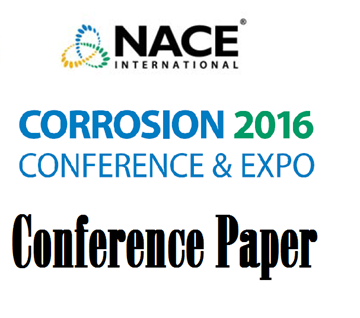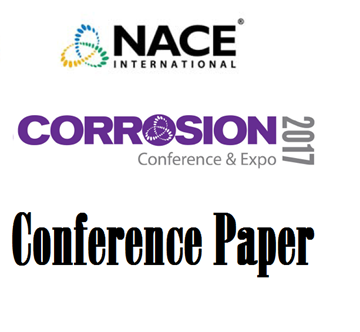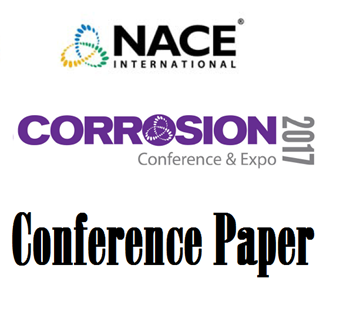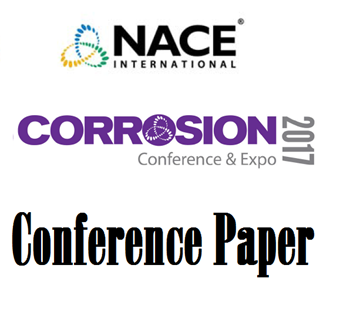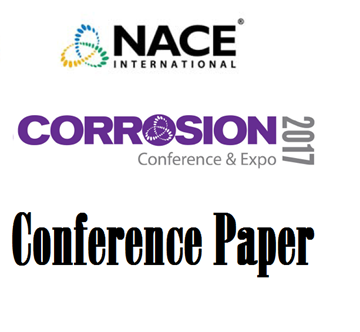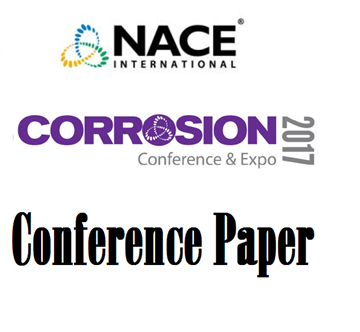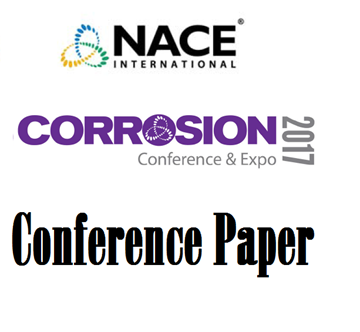Search
Science of Corrosion
View as
Sort by
Display
per page
Mercury Liquid Metal Embrittlement of ASTM Grade 29 Titanium
Product Number:
51316-7556-SG
ISBN:
7556 2016 CP
Publication Date:
2016
$20.00
Mitigation of Sour Corrosion Using Novel Fast Acting Hydrogen Sulfide Scavengers
Product Number:
51317--9446-SG
ISBN:
9446 2017 CP
Publication Date:
2017
$20.00
Modeling and Experimental Insights of Sulfide Stress Cracking Corrosion Mechanism
Product Number:
51317--9328-SG
ISBN:
9328 2017 CP
Publication Date:
2017
$20.00
Molecular MIC Diagnoses from ATP Field Test: Streamlined Workflow from Field to 16S Results
Product Number:
51317--9420-SG
ISBN:
9420 2017 CP
Publication Date:
2017
$20.00
Multiplexed Sensor Array for Accurate Time-of-Wetness (TOW) Measurement
Product Number:
51317--9370-SG
ISBN:
9370 2017 CP
Publication Date:
2017
$20.00
NACE Publication 3T199-2012, Techniques for Monitoring Corrosion and Related Parameters in Field Applications
Product Number:
24203-SG
Publication Date:
2012
$179.00
NACE-ASTM G193-2022, Standard Terminology and Acronyms Relating to Corrosion
Product Number:
G193-2022
Publication Date:
2022
$82.00
Novel Heat-Conducting “Metallic” Coatings Against Biofouling And Biocorrosion
Product Number:
51322-18178-SG
Publication Date:
2022
$20.00
Optimization of Side-Groove Configuration On DCB Test
Product Number:
51317--9102-SG
ISBN:
9102 2017 CP
Publication Date:
2017
$20.00
Optimization of the DL-EPR Method for Detecting Sensitization in Alloy 690
Product Number:
51317--9037-SG
ISBN:
9037 2017 CP
Publication Date:
2017
$20.00
Precursor Evolution and SCC Initiation of Cold-Worked Alloy 690 in Simulated PWR Primary Water
Product Number:
51317--9475-SG
ISBN:
9475 2017 CP
Publication Date:
2017
$20.00
Retention Improvement Of Sulfonic Acid Based Scale Inhibitor On Sandstone Formations At HTHP Conditions
Product Number:
51322-17875-SG
Publication Date:
2022
$20.00

